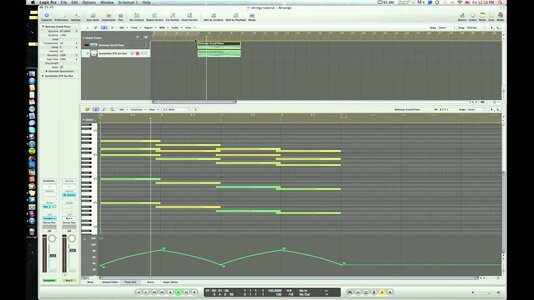Just to clarify a common misunderstanding... if you're working with block chords, then yes it's FINE to orchestrate string and piano chords in the same way. Many times you will find it hard to orchestrate them very differently.
This is because proper voice leading in chords takes priority over anything else, and also because both piano and strings each have a consistent tone quality across their respective ranges, so there is also no impediment of any kind to proper voice leading.
If you can learn only one thing about voice leading, then make sure it is the simple principle of the correct motion of voices. This alone will transform how your chords sound and it is quite easy to learn.
In fact, the way to connect the most common chords (I to IV, IV to V, V to I and so on) has been standardized for probably a couple hundred years. They fit on a single page that you can print out and apply without overthinking or re-inventing it. And you certainly don't need to waste time studying parallel 5ths and stuff like that in the beginning, because it will have very slight impact on the sound.
In other words, it's not that you should orchestrate chords differently for strings than piano - it's that the piano chords you attached have incorrect voice leading. Done right, they will look either identical or very similar between piano and strings.
When people caution about piano-like orchestration, they usually mean a different issue: voice distribution, figuration and the like.
In music written for piano you have close voicings in the left hand in the lower register, close voicing in the right hand in the higher register and a gap in the middle, sometimes as wide as several octaves. It sounds splendid on the piano and terrible in orchestral version, where you want wide voicings in low register that get closer and tighter as you go up. And if of course you want something in the middle to make sound...






